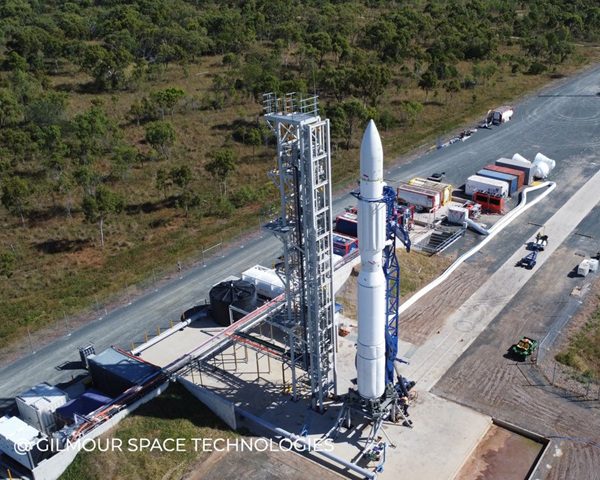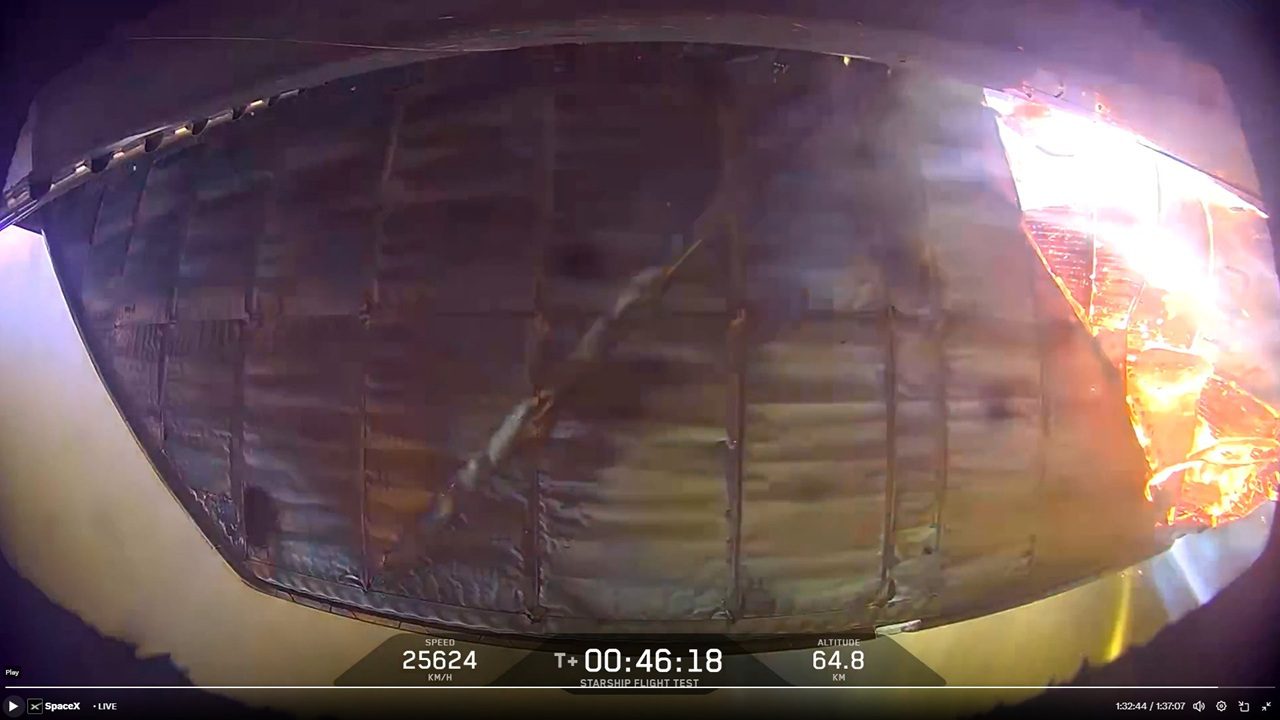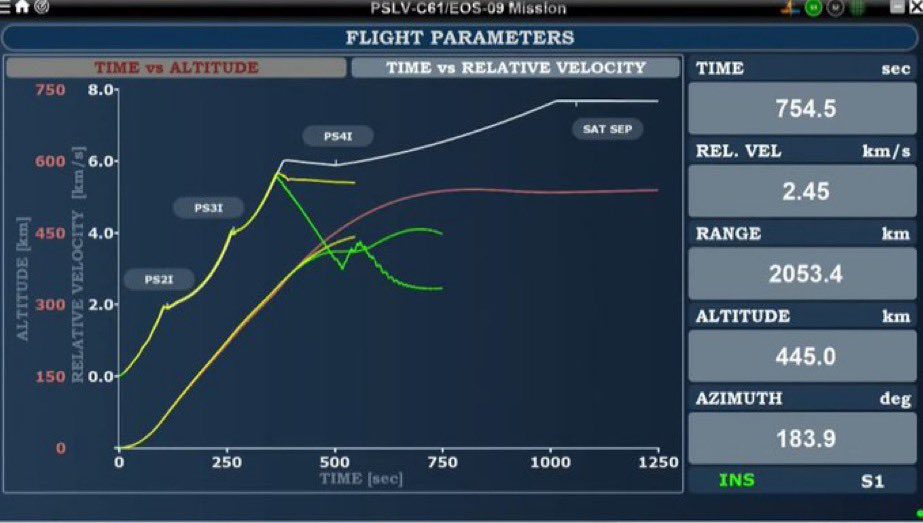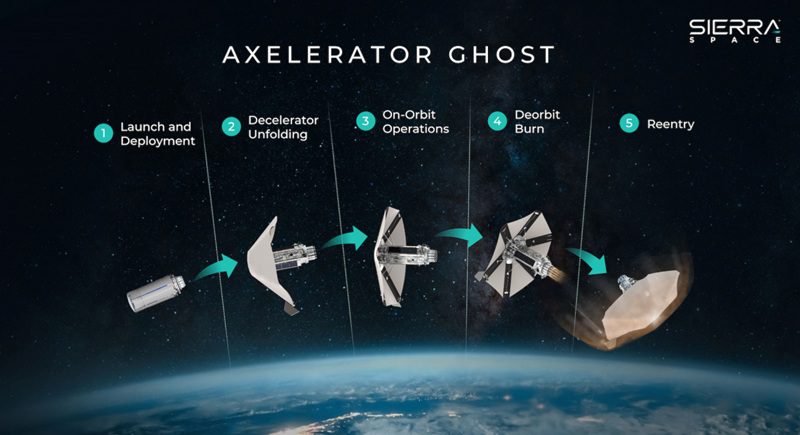Following its 2043 GMT launch from Cape Canaveral on 9 April 2015, a two-stage Falcon 9FT-R rocket successfully placed the Dragon CRS-8 cargo spacecraft into orbit for NASA on its way to the International Space Station (ISS). Aboard the craft was a new Bigelow Aerospace manufactured BEAM (Bigelow Expandable Activity Module) inflatable module for the ISS.
After making a one-day approach, an ISS robot arm under the control of Tim Peake grappled the Dragon cargo craft at 1138 GMT on 10 April 2016. The craft was berthed a few hours later. The BEAM module was moved off the spacecraft on 26 April and berthed onto the Tranquility module of the ISS on the same day.
In some ways an achievement more important to the development of spaceflight was that the reusable Falcon 9FT-R first stage was successfully returned to Earth. It safely landed on a barge dubbed “Of Course I Still Love You”, floating down range in the Atlantic Ocean, on the day of the launch. Despite several previous attempts and some near landings, this was the first fully successful barge landing.
Comment by David Todd: Congratulations to the spaceflight visionary Elon Musk. He and his SpaceX outfit have made mistakes and have, at times, shown a little too much bravado. However, they have learned from their mistakes and shown a dogged determination to succeed. While a “back to base” reusable first-stage landing had been previously completed on an earlier mission, down-range landings such as this one will be more important to Falcon 9 operations given that they involve a much lower fuel penalty for high energy flights such as those to Geosynchronous Transfer Orbit (GTO).
So good was the post-flight condition of the previously-landed reusable first stage, SpaceX now reckons on reusing each stage at least 10 times without refurbishment. If this remains the case, it could make the reusable operation of these first stages economically practical, assuming that safe landings become the norm.
SpaceX suggests that full refurbishment of each reusable first stage could enable them to last 100 flights – although the cost/effectiveness of doing this has yet to be fully examined. It was, after all, the cost of the Space Shuttle’s refurbishment (in its case, between flights) that caused its reusability to essentially become pointless.
By making the Falcon 9’s first stage at least reusable for a certain number of flights, SpaceX’s President and effective number 2 at the firm, Gwynne Shotwell, has said that she hopes to reduce its already low flight price by 30 per cent (to around US$42 million).
There may also be other advantages to reusability. The half joke at SpaceX is that these reused stages will be even more attractive to Falcon 9 users as they have already been “flight qualified”.
The main disadvantage of reusability is that carrying landing legs and extra fuel needed to perform reusable landings does significantly impact the practical payload of a Falcon 9FT, reducing it by up to 35 per cent in the case of a GTO flight. In other words, reusability may not have a significant effect on Falcon 9’s per kg launch costs until a reusable version of the larger Falcon Heavy (formerly known as Falcon 9 Heavy) comes into play. Of course, on a per flight basis the Falcon 9FT is still competitive in its reusable form. The extra capacity on the expendable version is pointless if it is not used.
While European designers of the new expendable Ariane 6 rocket are confident of beating SpaceX’s current flight cost, they may not be able to manage this once SpaceX has perfected its reusable operation of its Falcon Heavy (aka Falcon 9 Heavy). This is likely to carry 30% more payload to GTO than the Ariane 6 for about 10 per cent less money assuming all the stages land down range on barges. This payload would be reduced significantly if the booster stages land back at the launching site.
Of course, it has been suggested by some industry observers that Europe should copy SpaceX and also develop a new reusable first stage and boosters to replace expendable elements on the new, currently all-expendable Ariane 6. Then again, to avoid the performance traps that can neutralise the cost benefits of reusability for conventional rockets, it might be better and more cost/effective for the European Space Agency to jump a step and go for a completely new, fully reusable launch vehicle from the outset – probably a Single-Stage-To-Orbit design using air-breathing rocket technology.
Whatever is decided, the “brand new” Ariane 6, which is not even flying yet, now looks very much like yesterday’s technology and an interim rocket at best.







